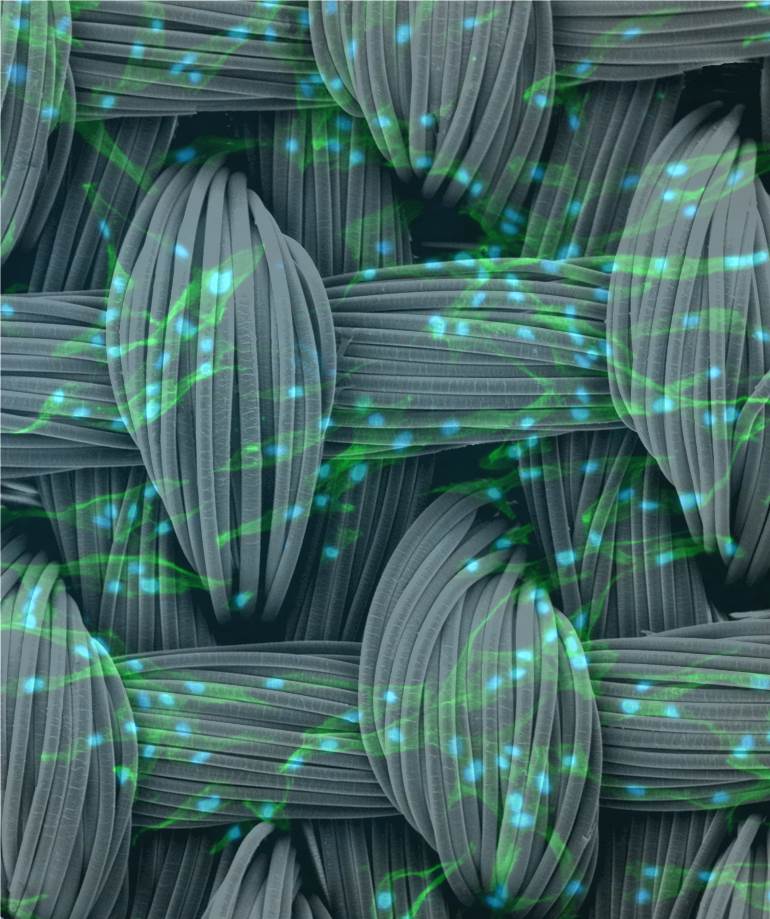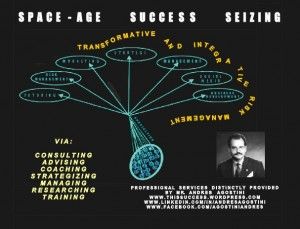Feb 24, 2014
The Future of Scientific Management, Today!
Posted by Andres Agostini in categories: economics, education, energy, engineering, existential risks, futurism, robotics/AI, science, space, space travel, supercomputing, transhumanism
LIST OF UPDATES (FEBRUARY 24 THROUGH MARCH 02/2014). By Mr. Andres Agostini at The Future of Scientific Management, Today! At http://lnkd.in/bYP2nDC
Brain signals from a primate directly move paralyzed limbs in another primate ‘avatar’
http://www.kurzweilai.net/brain-signals-from-a-primate-direc…ate-avatar
Rice’s carbon nanotube fibers outperform copper
http://www.kurzweilai.net/rices-carbon-nanotube-fibers-outperform-copper
Single-chip device to provide real-time ultrasonic 3D images from inside the heart and blood vessels
http://www.kurzweilai.net/single-chip-device-to-provide-real…od-vessels
Continue reading “The Future of Scientific Management, Today!” »





 Hello Ray,
Hello Ray,









